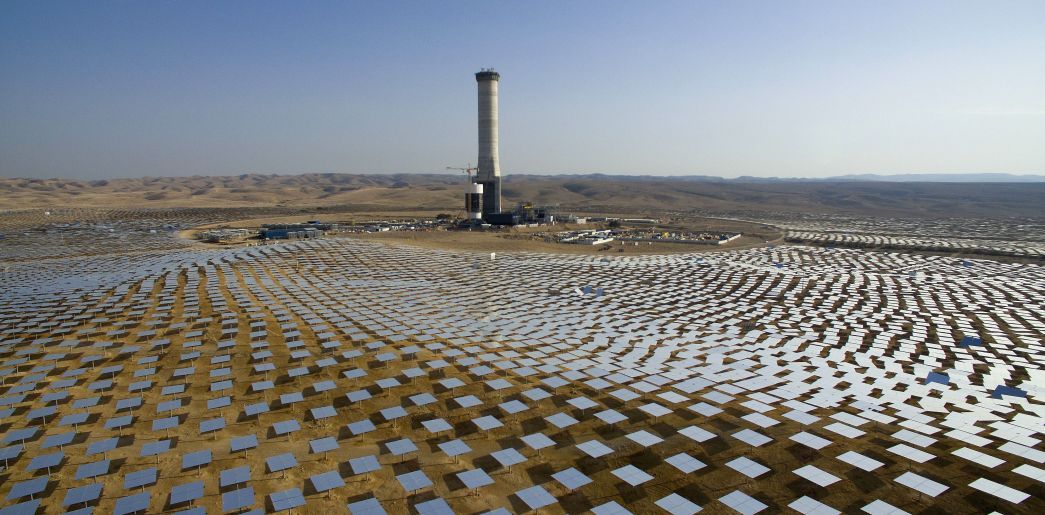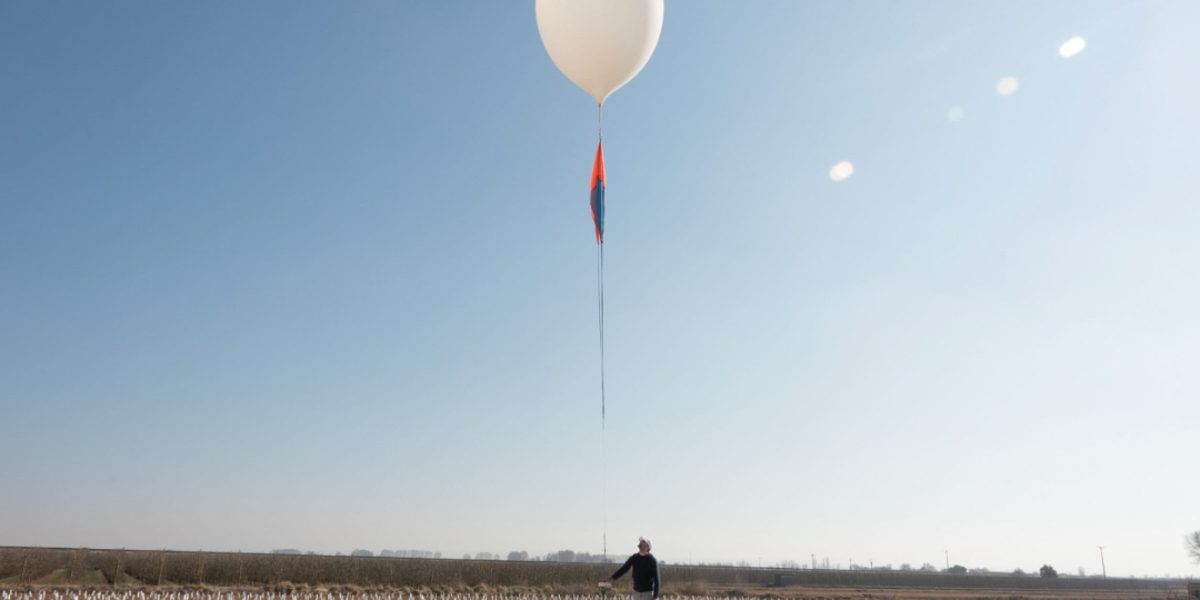AWARD YEAR
2023
CATEGORY
Community
GOALS
Sustainable Cities & Communities, Responsible Consumption & Production
KEYWORDS
sustainable textiles, fashion, sustainable fashion , textiles
COUNTRY
Finland
DESIGNED BY
SPINNOVA
WEBSITE
https://spinnova.com/
Spinnova
a sustainable textile made from wood or waste
How does it work?
Spinnova is a Finnish innovation of creating textile materials in a completely new way. Their innovation mechanically refines wood or waste into a textile fiber without any harmful chemicals in the manufacturing process. The fiber is 100% biodegradable and natural origin, and Spinnova’s textile materials do not shed any polluting microfibers into the environment. The materials could be used instead of cotton, polyester and other synthetic materials. Now, Spinnova is entering an exciting period as their first products, such as a naturally-waxed waterproof jacket, have entered the market and first commercial scale factory is being built.
Why is it needed?
A growing world population is the megatrend behind the climate crisis, and also taps into the textile industry. We are running out of textile fibres that don't burden the environment as much as current fibres. What we need is renewable raw materials like wood and novel production processes with minimal environmental harm.
By 2030, the proportion of cellulose-based textile fibres other than cotton would need to grow significantly, as cotton farming is on a non-sustainable foundation. Innovators like us are working hard to create commercially and ecologically sustainable solutions out of cellulose. This will help fill what is known as ‘the cellulose gap’– the increasing shortfall created by the demand for cellulosic textile fibre and cotton's limited ability to meet it.
How does it improve life?
As well as bridging the cellulose gap, the Spinnova fibre also helps fight climate change. Created with minimal water and emissions, it offers a solution to other huge megatrends challenging our planet and worsening the climate crisis; fresh water shortage and CO2 emissions.







